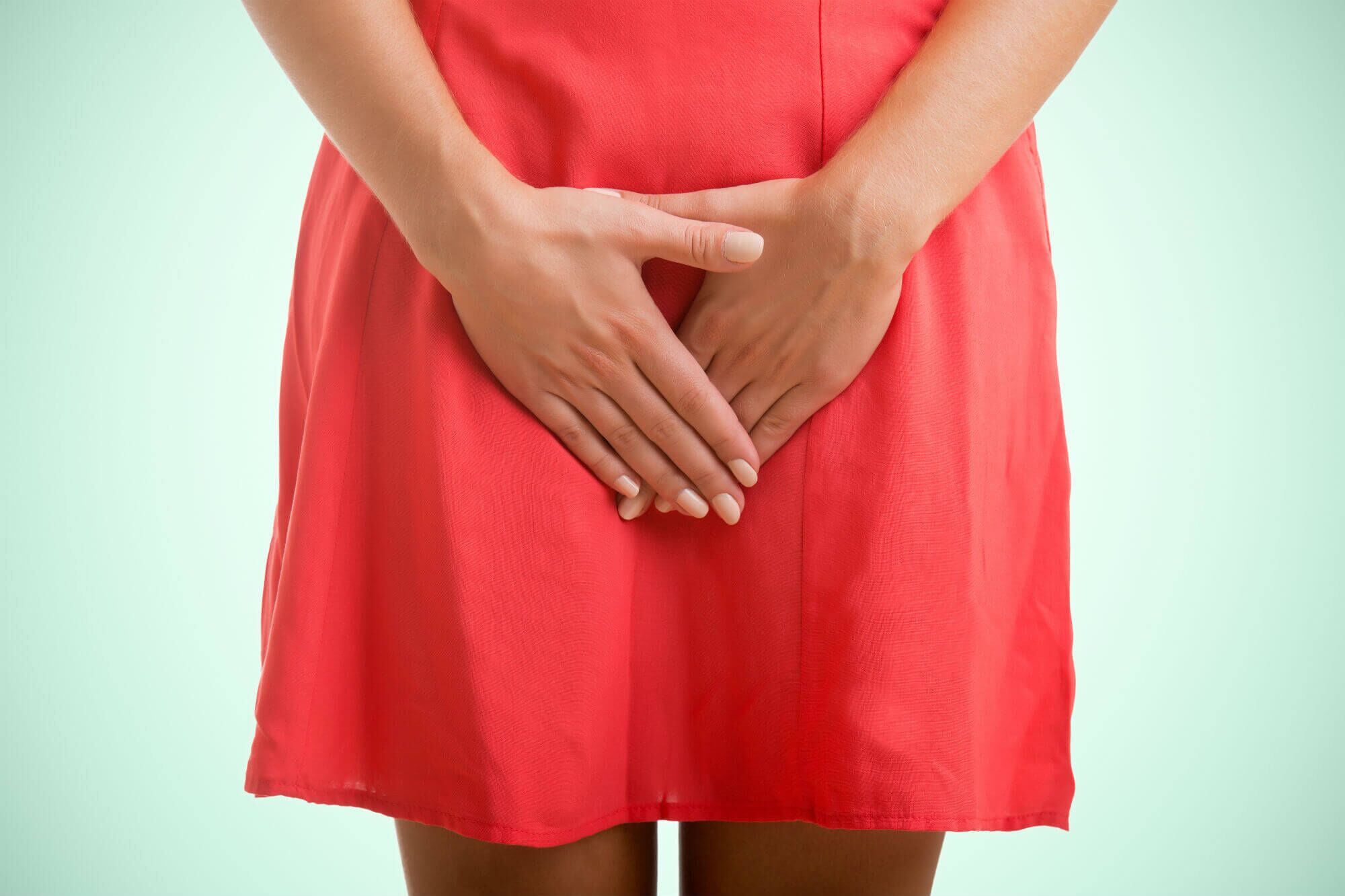Just like your face and body, your intimate area can also experience several changes. The aging process, life events, and lifestyle can affect its appearance, size, and shape, as well as the way it feels and how it functions.
Many women feel like their intimate area is not the same as it was before, with common concerns like dryness, looseness, discharge, and uncontrollable leakage. These concerns can affect a woman’s confidence and wellbeing.

This is why it is important to know the reasons why your intimate area has changed too and what can you do to manage and address the changes.
Aging (20s to 40s)
Unless you have a baby, it is less likely that you will notice significant physical changes in your vagina during your 20s. Just do take note that you may experience some minor changes and side effects like dryness, heavier-than-normal discharge, and less natural lubrication if you take birth control pills.
During your 30s, skin elasticity in the area may be generally the same as it was in your 20s, but it is likely for the skin to lose some fat and elasticity with age. Some also experience decreased pelvic floor strength, which can lead to a number of issues like urinary incontinence, a feeling of vaginal heaviness, and bowel changes.
Around your 40s, you are likely to go through perimenopause or the period before the actual occurrence of menopause. This can result in decreased estrogen levels, as well as symptoms that can change the vagina such as hot flashes, irregular menstrual cycles, and vaginal dryness.
Menopause (In Your 50s)
One of the common vaginal changes during this stage is the labia getting smaller and becoming paler. Menopause can also leave your intimate area considerably drier than what it was before. This is due to the lack of estrogen, which is responsible in keeping the vaginal area moisturized and the tissues in good shape.
The low levels of estrogen can make the vaginal tissues dry and less elastic, which can make intercourse feel painful. Furthemore, it is also normal for the vagina (especially the vulva) to have creases and wrinkles, but these can flatten out due to dryness when you go through menopause.
Childbearing/ Childbirth
Vaginal stretching is common during childbirth and the amount of stretching you will experience will depend on different factors such as your genetics, the size of your baby, circumstances of the birth, and a number of deliveries you’ve had before. There are also cases of vaginal tearing and lacerations that can heal within a couple of days, but may remain sore for a few weeks.
The vaginal opening can shrink back after stretching during childbirth, but having a big baby or multiple deliveries can make it less likely to go back how it was in the past. It may also be a slightly wider than what it was before.
Childbirth can also affect the pelvic floor and the nerves and muscles that control your bladder. This can sometimes lead to urinary incontinence or pee leaking out your body at times you don’t expect. It is also normal for your intimate area to feel drier than the usual and this is related to the lower levels of estrogen in your body.
How to Fix it
Changes in your intimate area especially after childbirth can sometimes be frustrating and embarrassing. However, you can choose to improve your intimate area with a non-invasive procedure like Ultra Femme 360 in Singapore.
Ultra Femme 360 is a non-surgical treatment that can rejuvenate your intimate area by treating vaginal laxity, boosting sexual satisfaction, as well as addressing urinary stress incontinence. It can improve the overall appearance of the female area, which can lead to complete vaginal rejuvenation.
Ultra Femme 360 uses ultrasound and radiofrequency energy to safely heal the vaginal tissues stimulating collagen production and improving blood flow which leads to an immediate contraction. It also triggers neocollagenesis or the process of building new to collagen that can result in additional tightening and improvement in elasticity that can continue over the succeeding three to four months.
The treatment uses a handheld device and involves the insertion of a 360° disposable tip through the Introitus (opening) inside the vaginal canal. The tip will then be moved alongside the whole length of the vaginal canal using slow repeating motion forward (towards Cervix) and backward (towards Introitus). Most patient describes the sensation as warm and very comfortable.
The use of EFC™ (Energy Flow Control) ensures that optimal level of power is delivered to the target area with the energy being monitored and adjusted in real time which gives reassurance that the procedure is safe and effective. There is also no risk for discharge or infection, as the treatment does not create any wound.
Many patients reported seeing improvements after the first procedure, but overall results further improve after the third session. Just keep in mind that results vary from every patient and other factors including the severity of tissue laxity and your own body’s response to the procedure.
If you have experienced these changes, it may be the time to consider to improve and rejuvenate your intimate area with Ultra Femme 360. Contact Cutis Laser Clinics today and schedule a consultation with our Harvard-trained aesthetic doctor, Dr. Sylvia Ramirez, to find out if you’re a good candidate for the procedure.
Tags: Laser Clinic in Singapore, Vaginal Tightening Treatments, Ultra Femme
- If you would like to be an informed patient, please contact us at +65-6801-4000 or
hello@cutislaserclinics.com. - Cutis Medical Laser Clinics, 9 Scotts Road Pacific Plaza, Scotts Medical Center #08-07, Singapore – 228210
+65-6801-4000 - hello@cutislaserclinics.com
